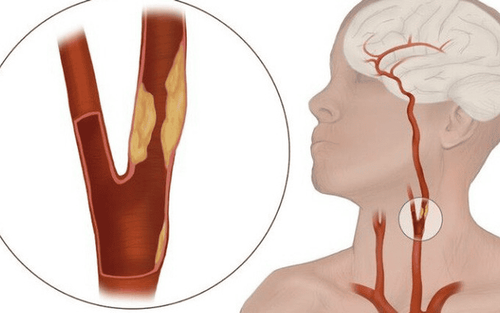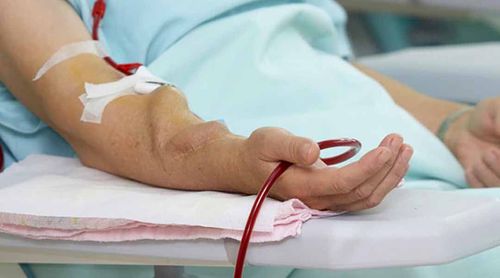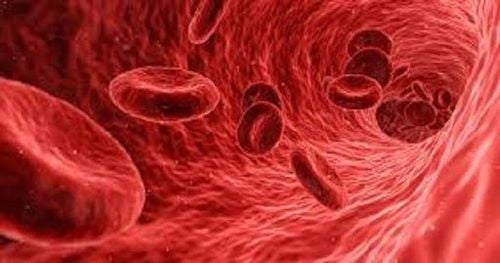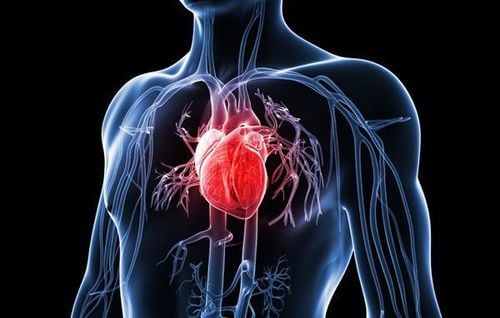This is an automatically translated article.
The article is professionally consulted by Master, Doctor Nguyen Van Phan - Head of Interventional Imaging Unit - Department of Diagnostic Imaging and Nuclear Medicine - Vinmec Times City International General Hospital.Currently, there are many effective methods of treating patients with thrombosis of the extremities. These methods can be applied independently or in combination with each other to increase the effectiveness of the treatment and limit complications caused by each individual method. The method of fibrinolysis directly at the site of the clot through the catheter is widely used and brings high treatment efficiency.
1. What is local catheter fibrinolysis?
Local direct catheter fibrinolysis is a method performed by inserting a catheter or microcatheter with multiple lateral holes into the thrombus, then using a continuous infusion pump system. fibrinolytic drugs through this catheter for 16-34 hours to restore revascularization.1.1 Indications for the use of local catheter fibrinolysis
This method will be indicated in cases of thrombosis causing acute or subacute arterial - venous limb occlusion (< 3 weeks).1.2 Contraindications for local catheter fibrinolysis
This method cannot be performed in the following cases:Chronic arterial - venous thrombosis of the extremities (> 3 weeks)
Allergy to iodinated contrast media
● Renal failure (grade IV) )
Severe and uncontrolled clotting disorder (Prothrombin >1.5, platelet count < 50 G/l)
Pregnant women
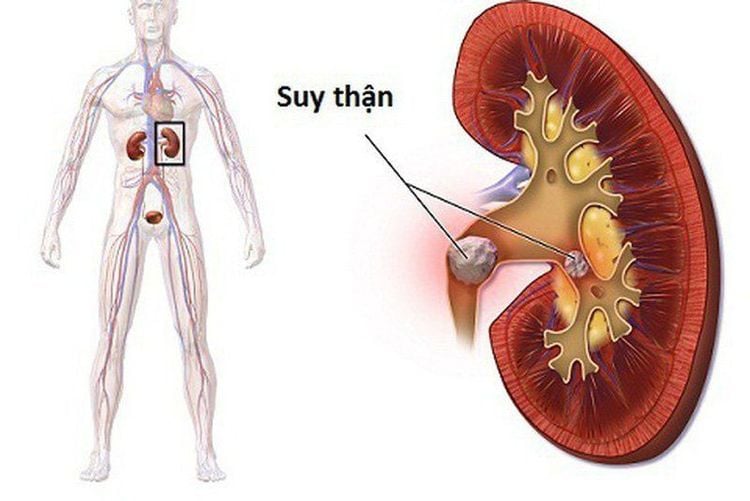
2. Manpower, means of machinery, drugs and medical supplies
2.1 Manpower
● Specialist doctorNursing
Radiology technician
Doctor, anesthesiologist (if the patient cannot cooperate)
2.2 Vehicles and machines
● Digital background removal angiography (DSA).● Dedicated electric pump.
Lead vest, apron, X-ray shielding
● Film, film printer, image storage system.

2.3 Drugs
● Local anestheticGeneral anesthetic (if anesthesia is indicated)
Thrombolytic agent
Anticoagulant
Anticoagulant neutralizer
Killer solution
Distilled water or Physiological saline
Water-soluble iodinated contrast agent
2.4 Medical supplies
● Syringe 1; 3; 5, 10; and 20mlSyringe for electric pumps
● Cotton, gauze, medical bandage
● Gloves, shirt, hat, medical mask
● Aseptic intervention kit: knife, scissors, tongs, 4 metal bowl, bean tray, tool tray
Contrast drug box and first aid kit
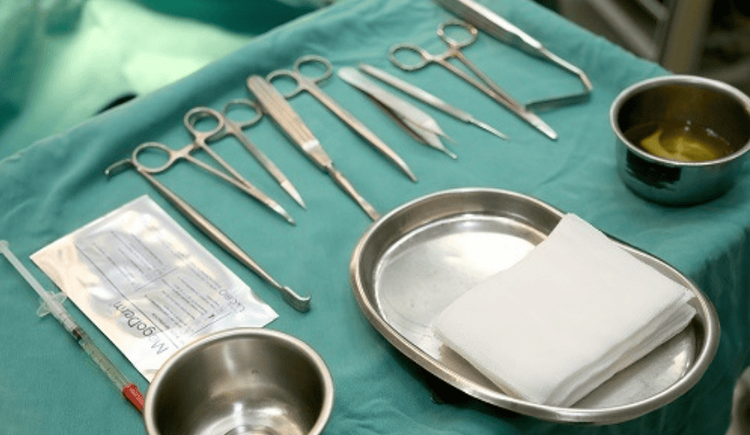
2.5 Special medical supplies
● Arterial puncture needle.Size 4-5F angiography catheter.
The size 5-6F inlet opening kit.
Standard conductor 0.035inch.
Micro-conductor 0.014-0.018inch.
Microcatheter 2-3F.
● Y-wire set.
Thrombolysis catheter with multiple lateral holes and closed valve at the tip (Mcnamara catheter).
Instrumentation kit.
Three-pronged lock.
2.6 What do patients need to prepare before performing fiber lysis?
The patient needs to be explained carefully about the procedure so that he can coordinate with the doctor. For about 6 hours before the procedure, the patient will have to fast. If you are too thirsty, you can still drink a small amount but do not exceed 50ml.At the intervention room, the patient lies on his back, has a machine to monitor breathing, pulse, blood pressure, electrocardiogram, SpO2. Disinfect the skin, then cover with a sterile, perforated cloth. In case the patient is too excited, cannot lie still, it is necessary to give sedation or anesthetic.

3. Steps to conduct local fibrinolysis through catheters
Step 1: Anesthesia method● The patient lies supine on the table, placing an intravenous line.
● Local anesthesia is the commonly used form, which can be pre-anesthetic or anesthetic in cases where coordination is not possible.
Step 2: Insert the tube into the vascular lumen
● Depending on the location of the thrombus and the purpose of the intervention, it is possible to open the way into the lumen according to the position or the direction of the flow.
● Using a set of 21G micropuncture needles (micropuncture) poked into the vessel lumen under ultrasound guidance.
● Place the tube in the vessel.
Step 3: Angiography to assess the damage
● Conduct angiography of the lower extremities through the catheter.
Assess the entire limb vascular system above and below the lesion.
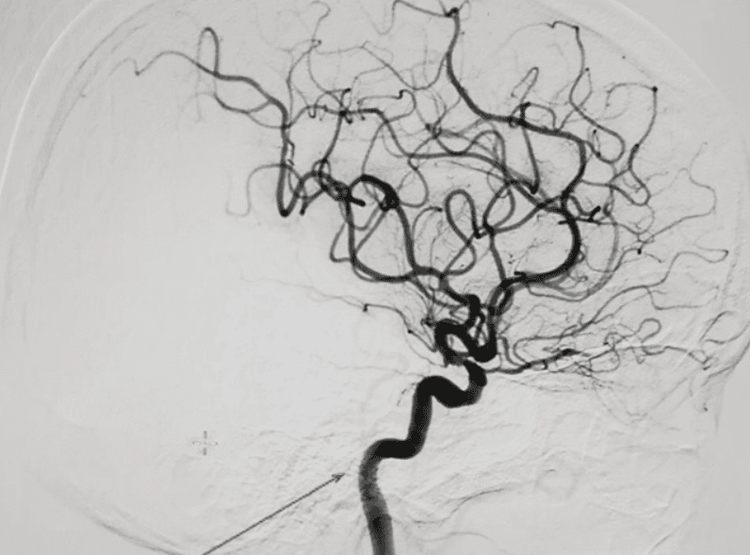
● Place the wire inside the thrombus so that the tip of the wire is outside the thrombus.
Step 5: Therapeutic intervention ● Insert the dedicated catheter with multiple lateral holes into the thrombus along the wire, so that all the lateral holes of the catheter are inside the thrombus.
● Using an electric syringe and wiring system, continuously infuse thrombolytic drugs through the Mcnamara catheter at the specified dose.
● Using an electric syringe and connecting wire, continuously infuse Heparin anticoagulant through a tube into the lumen (intravascular tube).
● Continuous transmission time 16-24h.
This technique may have some complications such as vasospasm, broken catheter, hematoma at the site of opening the way into the lumen.
Vinmec International General Hospital with a system of modern facilities, medical equipment and a team of experts and doctors with many years of experience in the examination and treatment of vascular diseases, patients completely You can rest assured that you will be examined and treated at the Hospital.
Dr. Nguyen Van Phan is an interventional radiologist and radiologist, with extensive experience in diagnosing and performing vascular interventions such as brain aneurysm implantation, brain stenting, and vascular malformations. cerebrovascular brain; embolization to treat hemoptysis; treatment of liver tumors, uterine fibroids, benign prostatic hypertrophy, stem cell transplantation for treatment of cirrhosis, congenital biliary atrophy, Type II diabetes... Non-vascular interventions such as high-frequency ablation frequency (RFA) treatment of liver tumors, benign thyroid tumors; aspiration and drainage of abscesses, drainage and stenting of biliary tract, urinary kidney; aspiration cytology and biopsies of breast, thyroid, lymph nodes, soft tissue, biopsies of liver tumors, lung tumors, bone tumors ...
To register for examination and treatment at Vinmec International General Hospital, Please make an appointment on the website to be served.
Please dial HOTLINE for more information or register for an appointment HERE. Download MyVinmec app to make appointments faster and to manage your bookings easily.






